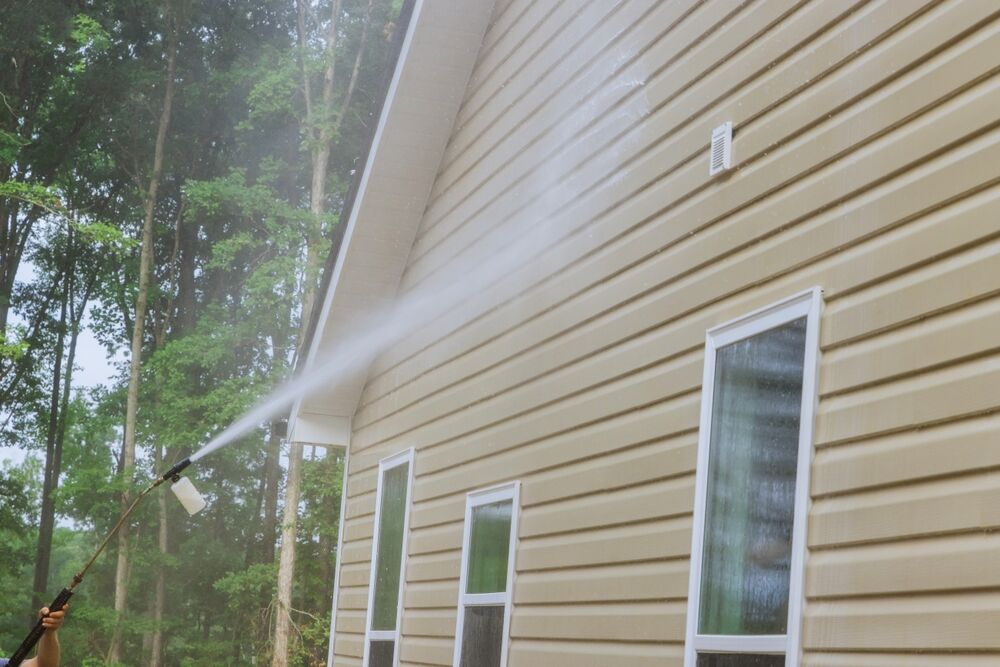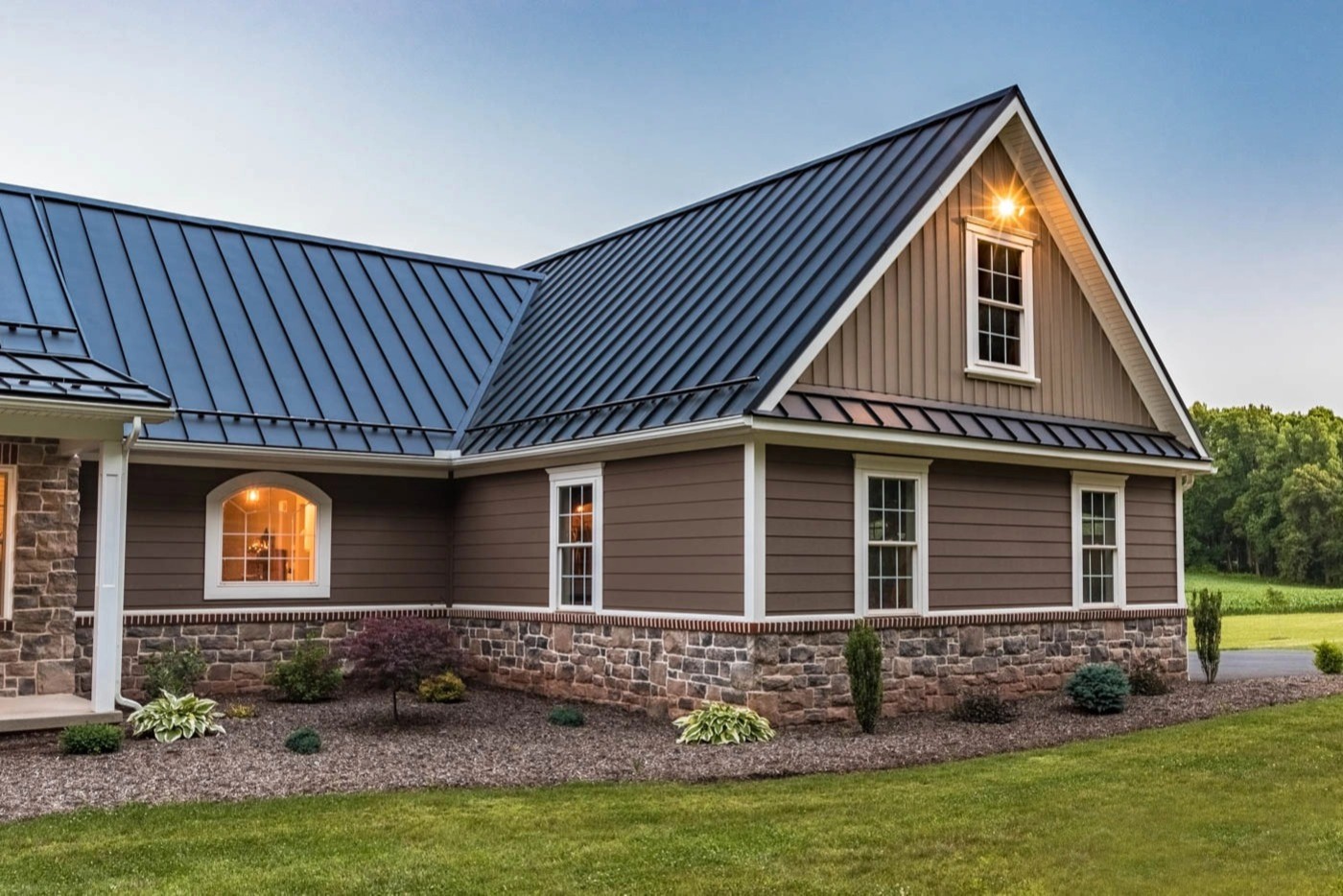Pressure washing a house boosts curb appeal and removes grime. Learn key benefits and tips for a clean, refreshed exterior.

Introduction
This article will teach you how to safely and effectively pressure wash your home, from cleaning dampness on siding to getting it ready for a new coat of paint, which can help restore its attractiveness. For those in the area, pressure washing southern maryland offers expert services to ensure a thorough and professional cleaning.
Choosing a suitable pressure washer
- To adjust the housing components to the proper water pressure levels, you might need to use a suitable kind of pressure washer, depending on the exterior of your home.
- Decide if you want to purchase or rent your machine. Some providers offer all of your rental needs in one location, whether this is a minor project or a huge one.
- Pressure cleaning is a possibility if your deck is made of wood, but follow the manual instructions to prevent damage.
- Check the manufacturer’s guidelines for the type of wood you’re cleaning and use a spray nozzle on a low setting.
Prepare the surroundings and use safety gear. - Light fittings and air conditioner motors should be covered or removed before you start to fix your damage.
- Cover outdoor plants and shrubs with a blanket or plastic sheet. Use duct tape to hold the sheeting in place. To make sure you stay clear of windows and power sources when pressure washing, make a note of their locations.
- When using a pressure washer, avoid standing on a ladder. You can lose your balance due to the weight.
- Never force water into external cracks or holes in your house.
- Repair brick and concrete holes and splits.
- Never shoot water into outlets, and keep your pressure washer at least 6 feet away from power lines. Before washing, cover electrical outlets with duct tape or remove the covers.
- To get rid of any dirt, debris, or algae, give the surface a basic scrub using a scrub brush or a garden hose.
- A pressure washer should never be pointed at people or animals.
When pressure washing a house, make sure to wear the appropriate protection equipment, such as work gloves and safety eyewear.
Using the pressure washer
- Start washing the bottom part of the home with the cleaning solution and continue moving up.
- Water and bubbles may stream down onto the exterior of the house if you work from the top to bottom, increasing the chances of you accidentally missing a part.
- Use a side-to-side, horizontal spraying motion.
- Keep a 45-degree angle at all times when spraying roof drains and edges.
Finishing up
- Turn off the pressure washer and unplug it from the garden hose when you are done.
- For information on how to properly use and store the pressure washer, including how to empty the pump’s liquid after using it, refer to the owner’s manual.
- Rinse the soap on the cleaned surface with plain water using only the outdoor hose.
- Take off all of the duct tape, sheets, and tarps.
- Let the exterior of the house dry fully if you intend to paint it. Usually, this takes two days or so.


